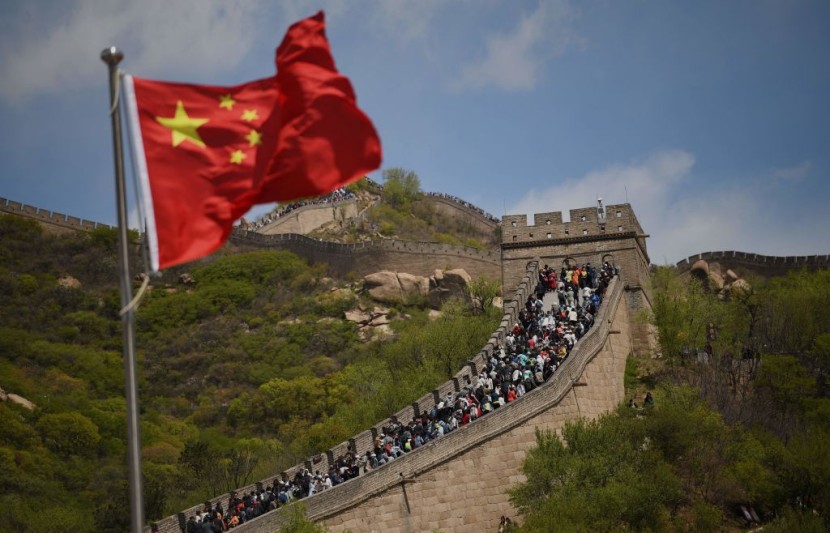
After a 6.9 magnitude earthquake struck northwest China's Qinghai Province at a depth of 10 kilometers on Saturday midnight, a part of the Great Wall dating back to the Ming Dynasty (1368-1644) fell.
In Shandan county, Gansu Province, northwest China, two meters of the Great Wall collapsed, 114 kilometers from the epicenter in Haibei Tibetan Autonomous Prefecture in Qinghai. Following the devastating earthquake, authorities conducted a search of local cultural artifacts and discovered the collapse site. The major barrier has been built, and work on restoration and repair has begun.
Earthquake also felt in bigger cities
Although the quake struck in a sparsely populated area, it was felt in several bigger cities. There were no confirmed deaths, but nine people were injured, with eight of them being released from the hospital and one being monitored. According to Shi Yucheng, chairman of the Gansu Earthquake Agency, the nearest residential area is 40 kilometers from the epicenter, which is in an earthquake zone with residents who are used to dealing with earthquakes.
As part of the local struggle against poverty, resident homes were restored or refurbished to be quake-proof, Shi noted, which helped to prevent mortality in such a large earthquake, Global Times reported.
During a news briefing, officials claimed that four people in Menyuan Hui Autonomous County received minor injuries and had been treated and discharged. At 1:45 am magnitude 6.9 earthquake struck in a steep part of Qinghai province, 3,659 meters (12,000 feet) above sea level. Some inhabitants in Xining, the province capital 140 kilometers (85 miles) southeast, rushed out of their homes and buildings.
Furniture and ceiling lamps swayed in a midnight video aired online by CGTN, the foreign branch of state broadcaster CCTV while animals in its corral abruptly sprang up and moved. Homes were damaged in various ways, according to photos from the state-run China News Service, including a shattered window, broken wall tiles, and a massive ceiling portion that had collapsed.
Five towns are within 5 kilometers (3 miles) of the epicenter, as reported by the official Xinhua news agency. According to Xinhua, service on segments of a high-speed railway line between Lanzhou in Gansu province and the Xinjiang region has been disrupted due to damage to various tunnels. Inspectors have been deployed to check the rails after several Qinghai-Tibet railway lines have been blocked.
In an online statement, the Chinese Ministry of Emergency Management claimed that rescue and firefighting teams from Qinghai and neighboring Gansu provinces had deployed around 500 workers to the site. Another 2,260 rescuers from surrounding districts were on standby, according to AP NEWS.
Earthquake also rocks in Papua New Guinea
Meanwhile, the US Geological Survey reported a 5.9-magnitude earthquake off the coast of eastern Papua New Guinea on Sunday. The quake hit at a depth of 19 kilometers (12 miles) in the Solomon Sea around 0205 GMT, roughly 200 kilometers off the southern coast of New Britain island, according to the USGS.
There were no reports of damage or tsunami warnings at the time. Papua New Guinea is located on the Pacific Ring of Fire, which is a hotspot for seismic activity caused by tectonic plate friction. In July 2020, a 6.9-magnitude earthquake devastated the country's capital, Port Moresby; but no major damage was recorded. In February 2018, a 7.5 magnitude earthquake slammed the country's mountains, causing landslides, burying homes, and killing at least 125 people, NDTV reported.
Related Article : Xi Jinping Says China Is Not Seeking Dominance in the Global Stage Despite Claiming Majority of South China Sea
@YouTube
© 2025 HNGN, All rights reserved. Do not reproduce without permission.








